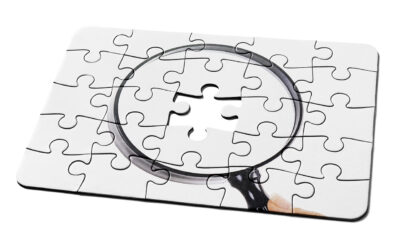AS A TRUCK driver, there are many things you can control. You can control your steering and where you stop for the night. But, one thing that is out of your hands is the weather. Rain, sleet, hail and wind will all present themselves on different days to make your job more hazardous. The most common bad weather condition is rain, so learninghow to drive safely in it, and preparing your vehicle for it, is vital.
Preventative measures before the rain
Your vehicle should be prepared for all kinds of weather, before you actually encounter that weather.
Prepping your vehicle
- Keep windshield wipers in good working order. Old wipers do not provide you with a clean windshield that you can safely see through.
- Properly maintain tires. Tires that are properly filled and have deep tread will make rainy-day driving much safer.
- Test signals and lights. Test your headlights, turn signals and brake lights, and make certain all are working properly. A non-functioning headlight is dangerous both at night and when it rains. The same applies to your brake lights and turn signals.
How to drive safely in the rain
At the onset of rainy conditions, you should immediately change your driving style. Follow these guidelines to keep yourself and those around you safe:
- Slow down and follow the three-second rule. Wet roads can impair the speed with which your vehicle comes to a stop. Take the extra time to slow down, and don’t follow the car ahead of you too closely. To begin slowing down, try taking your foot off the gas pedal rather than braking.
- Choose the middle lane to avoid puddles in the left and right lanes.
- Never drive through a puddle unless you can see the ground beneath it. If you have no choice but to go through a puddle without knowing how deep it is, make sure you go slowly and never go through a puddle deeper than the bottom of your doors. After driving through the puddle, check your brakes before you begin travelling at faster speeds to make sure they were not adversely affected by the water.
- If the rain becomes heavy and your visibility is severely limited, pull over and wait until conditions are better.
- Try to drive in the tracks of the vehicle in front of you.
- Always use your headlights and windshield wipers. If your visibility is restricted due to windows fogging inside the cab, turn up your defroster. You should also open your windows to improve the air circulation.
- Use extra caution when driving through oil patches in the road since these can be especially slick.
How to react to hydroplaning
There are times when the amount of water on the road accumulates and your vehicle can’t push it away from the tires. When this occurs, you lose connection with the pavement and end up riding on top of the water. This dangerous situation is called hydroplaning. Since you are driving on water, there is no traction to be gained and you are simply gliding.
If you hydroplane…
- Slow down by taking your foot off the gas. If you are driving slowly enough, the chance of hydroplaning is reduced. If you end up hydroplaning, further speed reduction is necessary.
- Avoid using your brakes as it can force the vehicle to slide.
- Avoid turning your steering wheel. This too can cause a slide.
- As you begin to slow down, your vehicle should come back into contact with the road. When this happens, you will feel more firmness in the steering wheel. At that point you can start pumping your brakes gently to slow down and you can also begin steering your vehicle to gain control.








